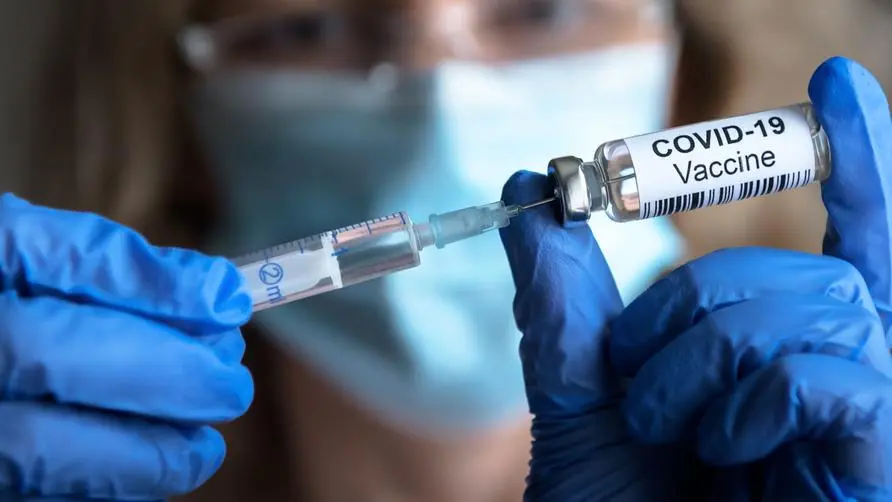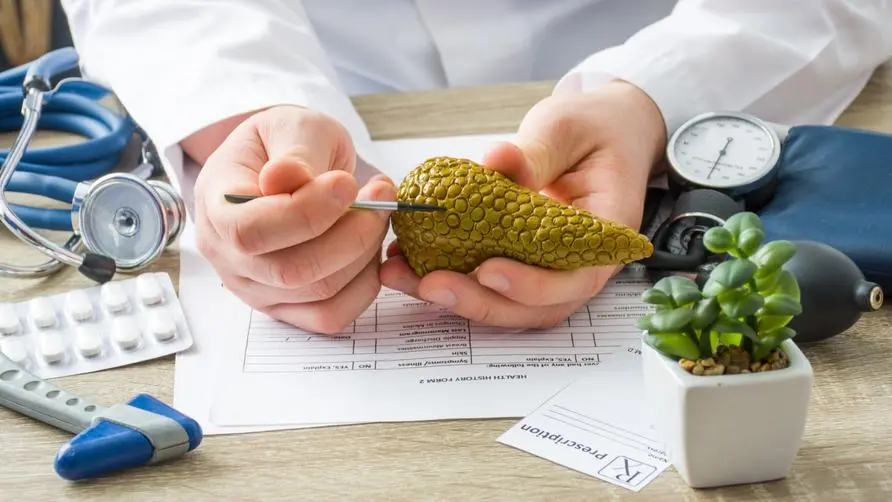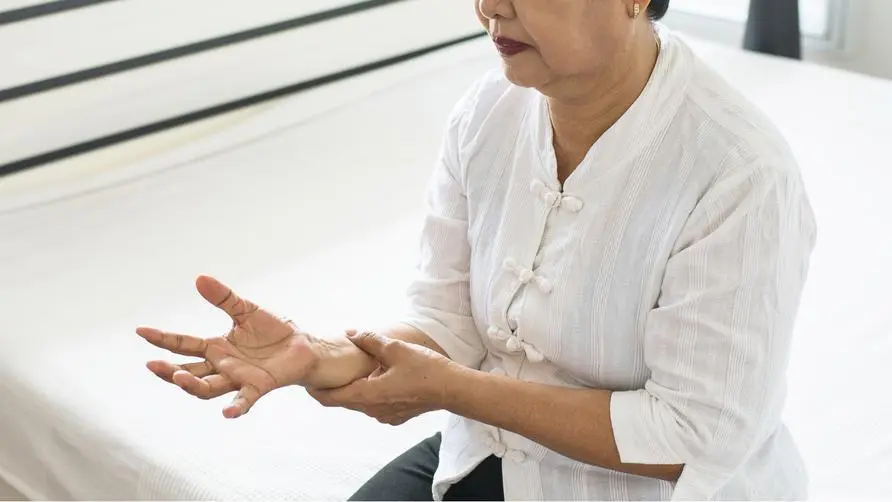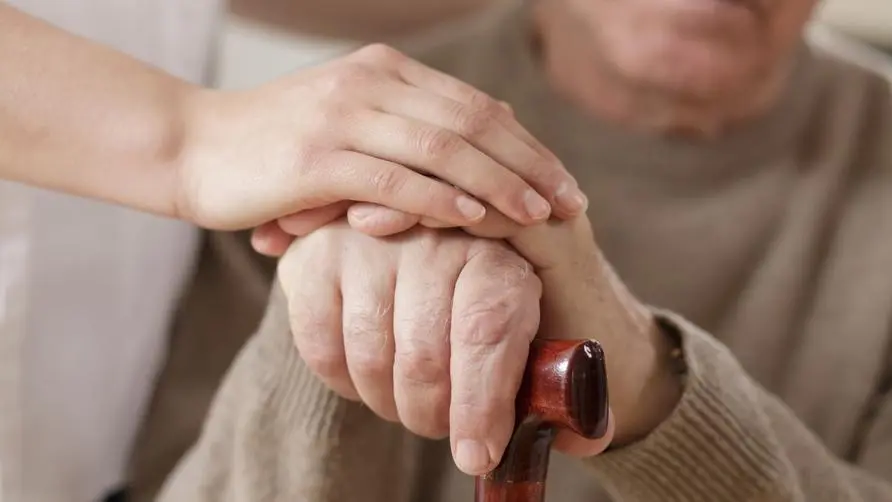What are the symptoms and treatments of Parkinson's disease? What kind of exercise is best? What should I do if the switching phenomenon becomes obvious?
What is Parkinson’s disease? Good age? How to distinguish it from other age-related degenerative problems?
Parkinson’s disease is a neurodegenerative disease. When dopamine cells in the substantia nigra nucleus of the brain degenerate and undergo apoptosis to a certain extent, movement disorders will occur. Typical symptoms include tremor, stiffness, slow movement, and unsteady gait.
The age of onset of Parkinson’s disease is about 55 to 60 years old, the prevalence rate is about 1% over the age of 65, and the prevalence rate is 3-4% over the age of 80. Generally speaking, the biggest differences between Parkinson’s disease and other age-related degenerative diseases are: first, the motor system will be affected, showing symptoms such as tremors, slow movements, and poker faces; second, the main onset time is between 55 and 65 years old, not yet very old.
What are the staging criteria for Parkinson’s disease? Is it possible to have dementia?
The staging of Parkinson’s disease is divided into stages 1 to 5 based on the “Hoehn & Yahr stage”. In the first stage, symptoms are mainly unilateral; in the second stage, symptoms occur in both limbs; in the third stage, balance disorders occur, but you can still move freely. In the fourth stage, he needs a walker to help him walk; in the fifth stage, he needs to sit in a wheelchair and cannot move by himself and needs to be taken care of by others.
Parkinson’s disease is like Alzheimer’s disease. The disease process will gradually become more serious over time. Due to brain neurodegeneration, about 1/4 of Parkinson’s disease patients will suffer from stroke and cognitive dysfunction, especially as they get older. Patients with the disease have a higher proportion of concurrent dementia, which is usually more likely to occur in the middle and late stages of the disease.
What are the current treatments for Parkinson’s disease? Is surgery suitable for all patients?
Most patients with Parkinson’s disease can achieve good control results after receiving drug treatment. In the early stages of the disease, the body can still produce a certain amount of the neurotransmitter dopamine, and only a small amount of medication or medication is needed once a day to maintain a normal life throughout the day. However, as the disease progresses, the dosage of medication will need to be increased after about 4-5 years, and the probability of side effects and complications will increase. You can discuss with your doctor to adjust medications or adopt combined treatments.
Another treatment method for Parkinson’s disease is the surgical operation of electrical stimulation of the deep brain nuclei (Deep Brain Stimulation), which involves incising a small hole in the skull and placing slender electrode leads into deep areas such as the subthalamic nucleus. etc., the surgery is relatively complex and involves a certain degree of risk. It has its own special clinical indications, and only about 5-10% of patients are suitable for surgery.
Does the on-off phenomenon become more obvious in patients with Parkinson’s disease as the disease progresses?
When Parkinson’s disease progresses over time, motor complications such as “switch phenomenon” may occur. This means that after dopamine drugs are metabolized by the body, some time before the next dose, due to insufficient dopamine, the body will appear “no”. The phenomenon of being unable to move or freezing due to “electricity”. This stage can be improved by increasing the frequency of taking medication, switching to dopamine agonist drugs, or combined treatments.
How do people with Parkinson’s disease maintain mobility? Can exercise or aids help?
Exercise can help the body increase dopamine secretion, strengthen cardiopulmonary function, and also help brain circulation. For patients with Parkinson’s disease, exercise has multiple benefits and can also reduce the occurrence of on-off phenomena. After the disease progresses to the third stage, balance disorders will occur, causing walking in small steps, rushing forward, or “freezing” when starting. It is recommended that Parkinson’s patients practice more aerobic exercise and lower limb exercises to increase the strength of the lower body. Muscle strength helps maintain balance and overcome freezing problems.
Timely intervention of assistive devices can also help improve the gait problems of Parkinson’s patients. Sound and visual stimulation can help improve starting difficulties. Assistive devices such as trekking poles or optical walkers can be used to allow patients to illuminate infrared rays or images. Move forward. Or using someone else’s voice to guide the patient to start walking can help improve the starting difficulties of patients with Parkinson’s disease.
Is there any way to prevent Parkinson’s disease? What risk factors should we pay attention to?
The cause of Parkinson’s disease is still unknown. About 5%-10% are hereditary in families and are related to specific genes. In addition, exposure to pesticides and head trauma may also increase the risk of disease. It is recommended that people maintain more exercise habits and a regular daily routine. Some studies have also found that people who consume moderate amounts of coffee have a reduced risk of Parkinson’s disease.
Since Parkinson’s disease may affect mobility and daily life, a large proportion of patients suffer from depression and anxiety. It is recommended to seek help in a timely manner. Through appropriate treatment, exercise and assistive device intervention, you can achieve a better life. quality.
Further reading:





